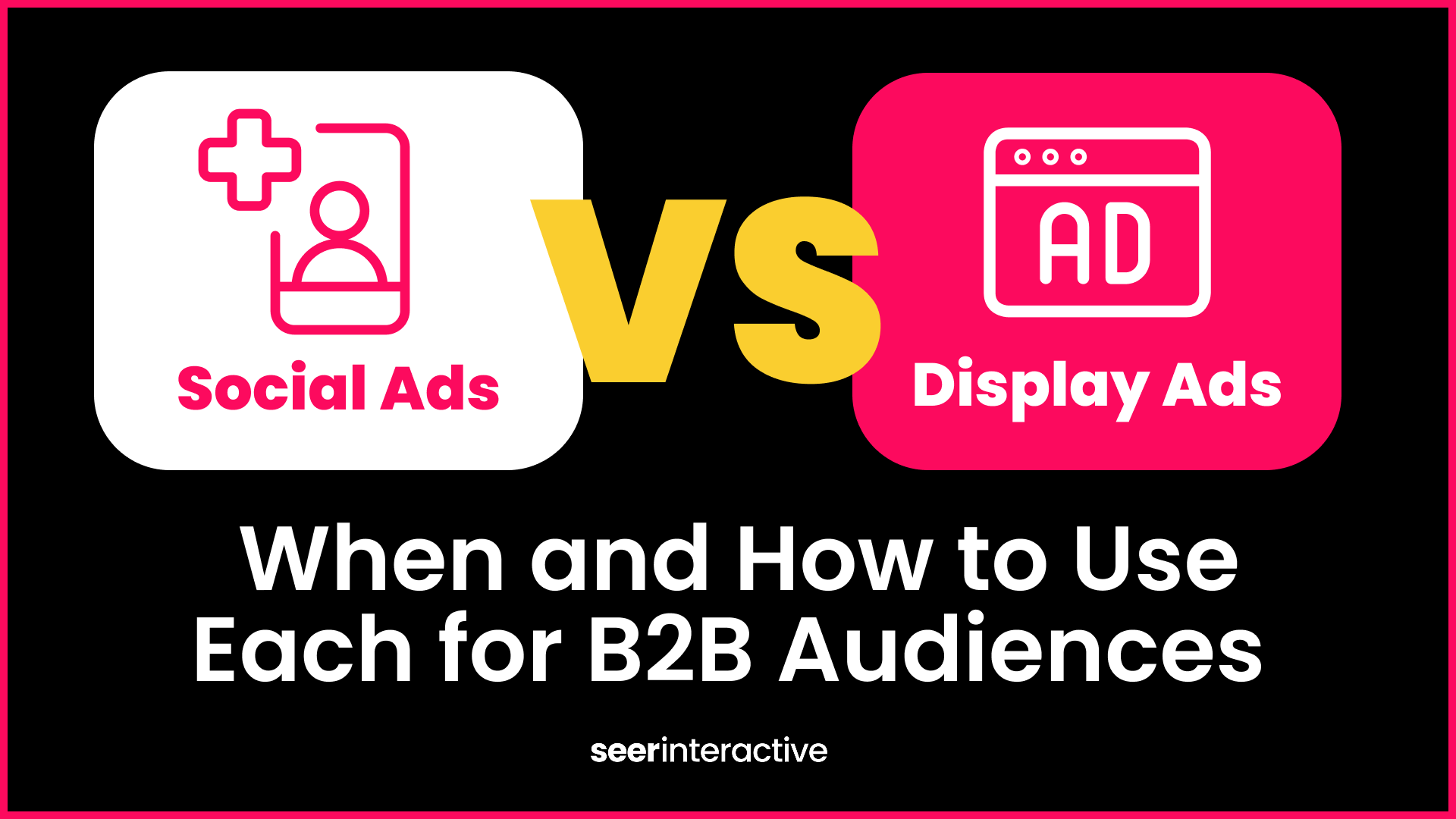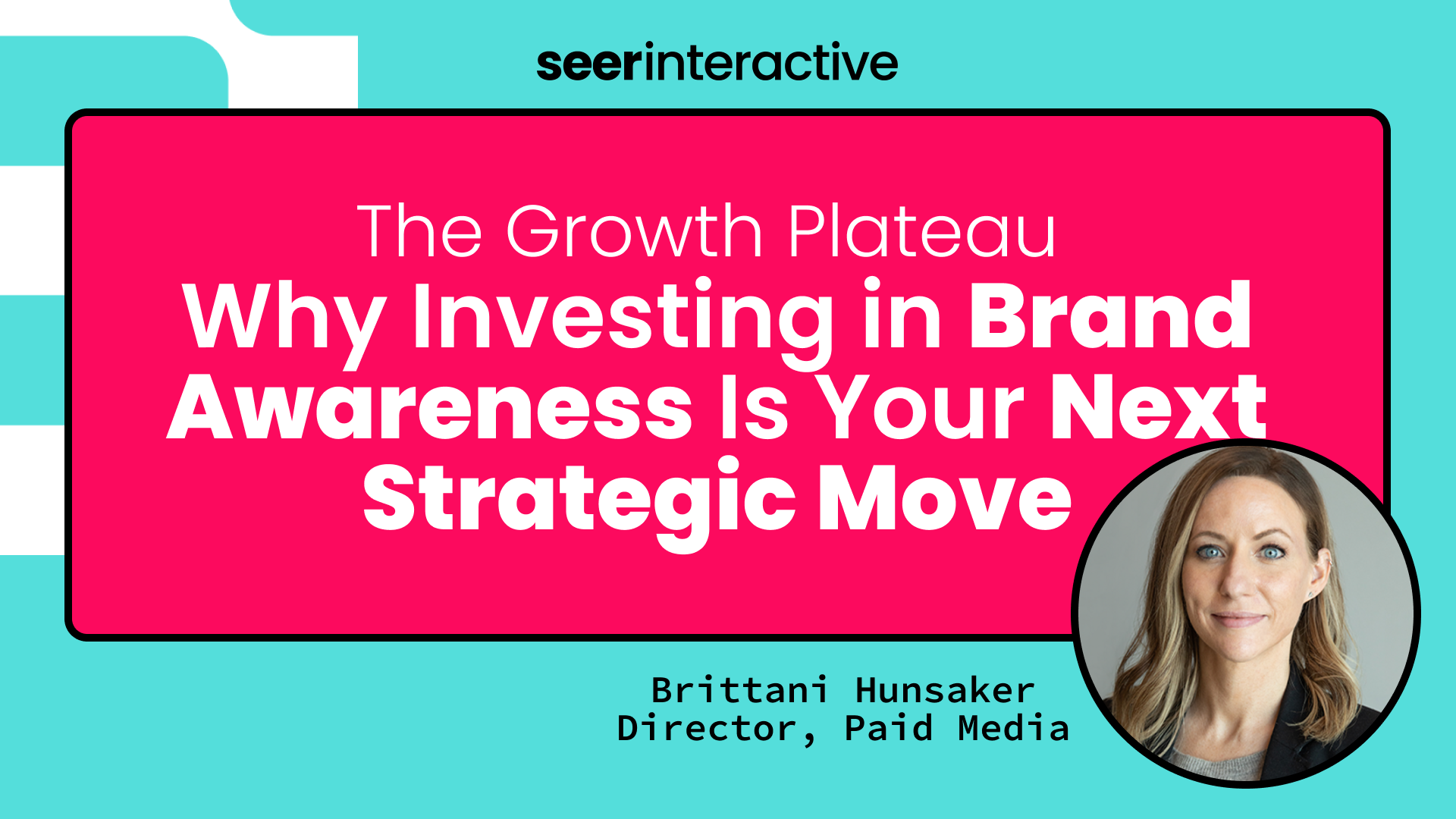At SEER, many of our clients already had a Google AdWords Account they were running internally or one that was managed by a different agency when they come to us. Having inherited and analyzed many of our clients past accounts, below are the top 10 most common mistakes I see being made by both individuals and agencies alike:
1. Running Content and Search in the same campaign Not separating out content into its own campaign is a rookie mistake. I recently saw this rookie mistake being made by a big name agency, on an account spending $60k/month. While it was an incredibly disturbing that an agency would make this mistake, the reason this mistake is made so often is that Googles default is to run ads on both content and search. The first thing you do when setting up a new campaign is to turn content off and only run search. Content can work great to supplement search but it MUST be managed separately. Why? The intent of content is totally different. Someone reading an article about your industry vs. someone doing a search for what you sell online is completely different and thus, needs to be optimized separately. Also, without even realizing it you may be spending the majority of your budget on the content network. More on this topic can be found here: Google Adword's Content Network
2. Only Using Broad Match:
The problem with this approach is that oftentimes one broad match term could be eating up almost your entire budget. By using different match types effectively you can control spend and bidding much more effectively. Below is a great post by PPC hero on how to use the different match types together.
3. Poor Use of Negatives: Even more disturbing is that many of these accounts with only broad match also are not using negative keywords as effectively as possible. Using Search Query reports on a regular basis to find the unrelated terms you are being matched to, is imperative to eliminate inefficient spend. Details about running these reports can be found at the link below:
Time and time again, I also see campaigns set with Negative terms that prohibit terms that are actually being bidded on from appearing. Take advantage of Googles Negative Exact and Negative Phrase Option to avoid this common mistake.
4. Campaign Settings Set to All Devices: Like number 1, new campaigns are automatically set to target all devices, which now include mobile devices. I always opt out of serving ads on mobile devices in the same campaign as computers. Serving ads on mobile devices can be a great way to reach certain audiences, especially when a call is the desired action, but you would want to set up a campaign to target this separately as bids, ad copy and landing pages need to be optimized separately for this medium.
5. Poor Budgeting by Campaigns: Oftentimes, I see accounts set up that have their budgets set so their ads have very poor visibility throughout the day. While budgets are sometimes necessary for a business, there are so many ways to maximize how you spend your budget. Points 1-4 will actually help your budget spread further. Other tactics include but are not limited to:
a. Separating out your high CPC or top spending keywords in their own campaign so that they do not eat up your entire budget from more tail targeted keywords in the same campaign
b.Take advantage of Day Parting. Scour your Google Analytics for the day of week and time of day that do not convert cost effectively, and use Googles advanced day parting capabilities to adjust your bids accordingly.
6. Targeting Multiple Countries in One Campaign: You want to be able optimize each country independently as each market is different. This ties into point 5. What if it turns out that the UK is an extremely cost effective area to drive conversions, but based on the way you have your day parting or budgeting set up, you have no visibility in the UK during the UK business hours? You want to be able control for different time zones, local dialects and competitors independently for each country.
7. Landing Pages that are Not Optimized for PPC Traffic: Please do not send all of your traffic across all ad groups to a flash home page with no call to action. Your keywords should tie to your ads, which tie to your landing page. More on this topic can be found in the post written by my colleague JoAnne, linked below:
5 Must Read Articles on Landing Page Best Practices
8. Ad Groups that are Not Broken out by Theme: Break up your ad groups into tightly refined groups so that you can use keywords directly in your ad copy. Not only will your ads be more relevant to your audience, and increase your CTR, but also this will help your Quality Score, which in turn will lower your CPCs for the same position.
Below is a great link to how Quality Score, Ad Position and CPC are all related and why point 8 is so important when managing a paid search account.
Quality Score Ad Position and CPC What and How They All Connected Together
9. No Ad Copy Testing:
Building on the importance of Quality Score, make sure you are always testing and tweaking ad copy to increase you CTR, which in turn helps your Quality Score. You should pay attention to each ad variations conversion rate as well. More on how SEER evaluates and tests ad copy is included in this post, written by colleague Crystal:
5 Simple Steps for PPC Ad Testing Strategy
10. For e-commerce Sites, Not Optimizing to Revenue:
When a completed purchase is your target conversion goal, it is imperative that revenue tracking is installed. Doing this requires a dynamic variable (the order subtotal value) in place of the static variable provided by Google. If youre unfamiliar with revenue tracking, Google has a great Video Tutorial explaining the process step by step. Without having revenue tracking installed properly, you are unable to measure the true profitability of a PPC project. But it doesnt end with revenue tracking; product margins are just as important when optimizing an ecommerce account. Google uses a metric called ROAS (Return on Ad Spend), which is a simplified version of ROI. The main problem with optimizing around ROAS is that product cost is not considered. Quite often, even a campaign with a seemingly healthy ROAS (lets say 600%) may be generating a net loss for the client. For a more in depth explanation of the difference between optimizing around ROAS and ROI, check out Joannes on the SEER blog:
My Roas is Over 600% and Im Losing Money
Have any additional mistakes you see over and over again you would like to add to this list? If so, post your comment below!

